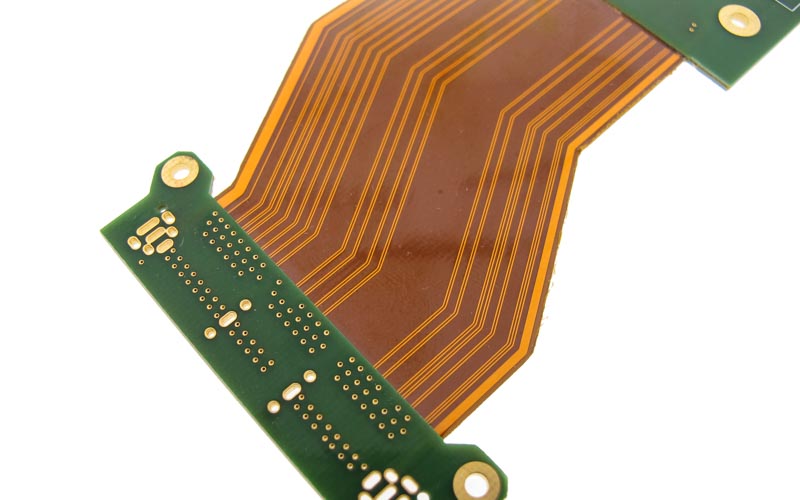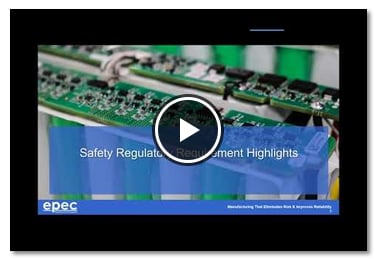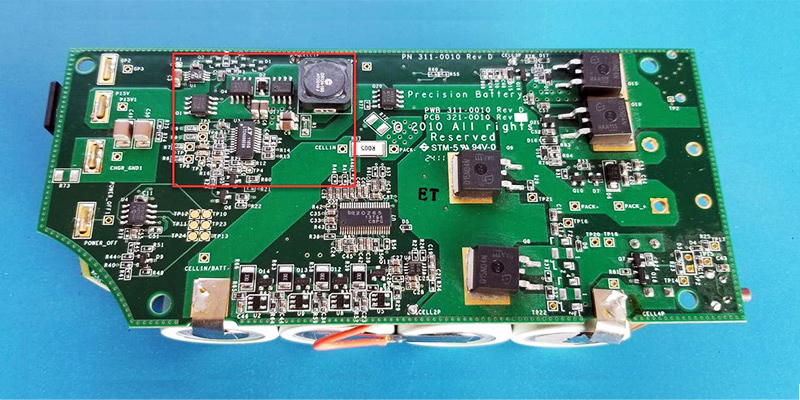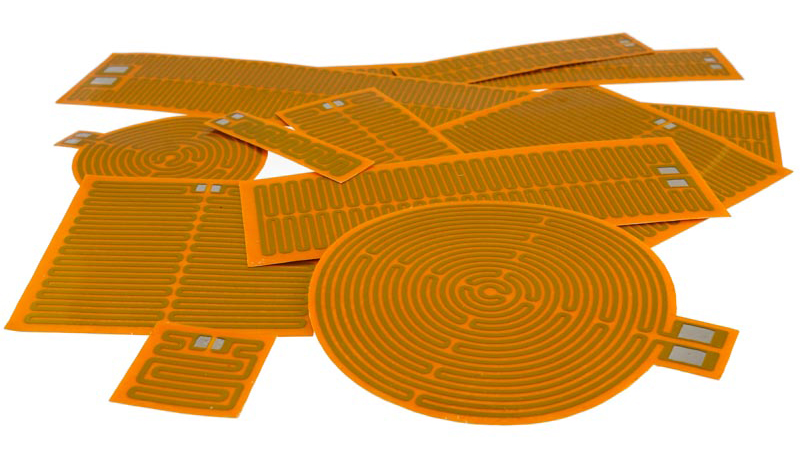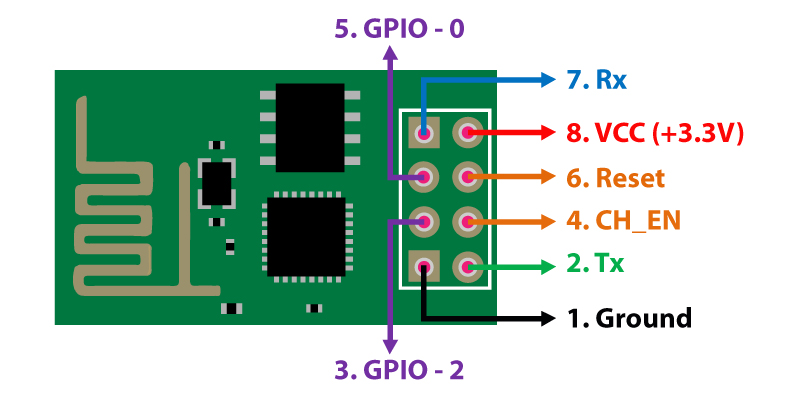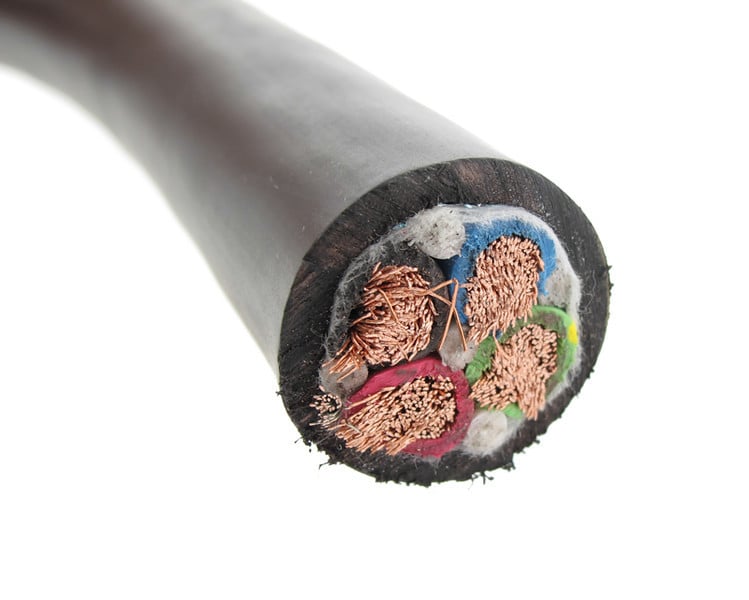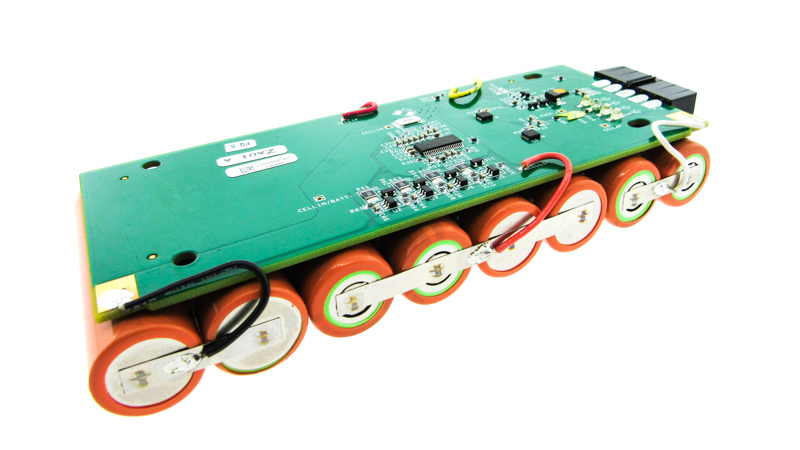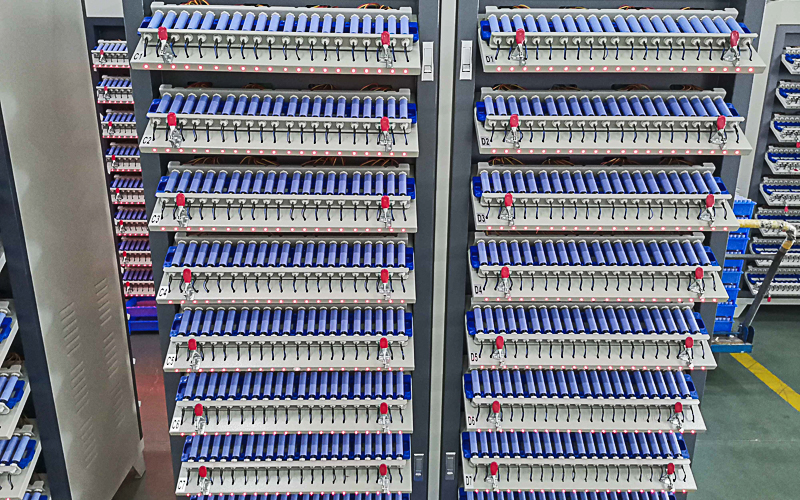When designing a custom battery pack, a topic that will come up between the manufacturer and the customer deals with the fuel gauge. The battery fuel gauge can be found in a range of everyday devices that we use, such as cell phones and computers. The function of the fuel gauge is to inform the customer on how much state of charge (SoC) and state of health (SoH) is left in the battery. The fuel gauge can predict the remaining capacity by measuring the voltage, battery temperature, and current.
Impedance controlled circuits in a rigid-flex PCB design is a common requirement throughout the industry in a wide range of applications. Having Impedance control, however, does create an additional challenge for designs that have very demanding minimum bend requirements.
At the conclusion of our webinar, Battery Packs for Medical Devices: Requirements and Certification - we had several questions submitted to our presenter, Battery Development Consultant Randy Ibrahim. We compiled these into a readable format on our blog.
When deciding on the types of power to supply equipment requiring high performance, rechargeable batteries are often chosen for several reasons. With rechargeable batteries, users can obtain longer device performance and consistent power. In addition, rechargeable batteries are ideal for devices that are lightweight, such as mobile applications. These devices may have a battery pack that can be taken from off the device, such as the ones on power tools, and placed into a charger that connects to a wall outlet.
When talking about flexible heaters, determining the amount of efficient heat necessary for the application is required. A range of factors impacts generated electrical heat, including the materials that are used, the wattage, the voltage, the size of the heater, and the pattern of the conducive materials within the heater. One of the vital factors in designing a flexible heater revolves around Ohm's Law.
Many applications do not run as standalone systems. Instead, there will be multiple subsystems involved that can perform a variety of functions for the work output or to monitor internal systems to ensure optimal and safe performance. These systems need additional logic support to keep systems running or to improve system performance. However, there will be times when the application itself does not have these logic functions originally installed. So, another system must be added into the application to provide these functions.
One of the most common reasons for selecting a custom cable assembly is to satisfy some type of flexibility or bending requirement. Even the bulkiest of electrical cables have some sort of give to them, allowing them to form around corners or be coiled.
Customers who have products or applications using lithium-based batteries understand the risks involved in keeping the battery packs safe during manufacturing processes, when transporting them to specified locations and when they are in use.
There are many forms of Night Vision Imaging Systems (NVIS) that help our nation’s warfighters, pilots, and other professionals. Known as Night Vision Goggles (NVG), these devices are highly specialized and amplify various wavelengths of light allowing the user to “see” in darkness.
Supplying custom battery packs to companies in aerospace, medical, military, oceanography, and other industries requires the skills and technical expertise provided by quality manufacturers such as Epec. Yet, the design and build of the battery pack is often only part of the customer's order.


.jpg)
